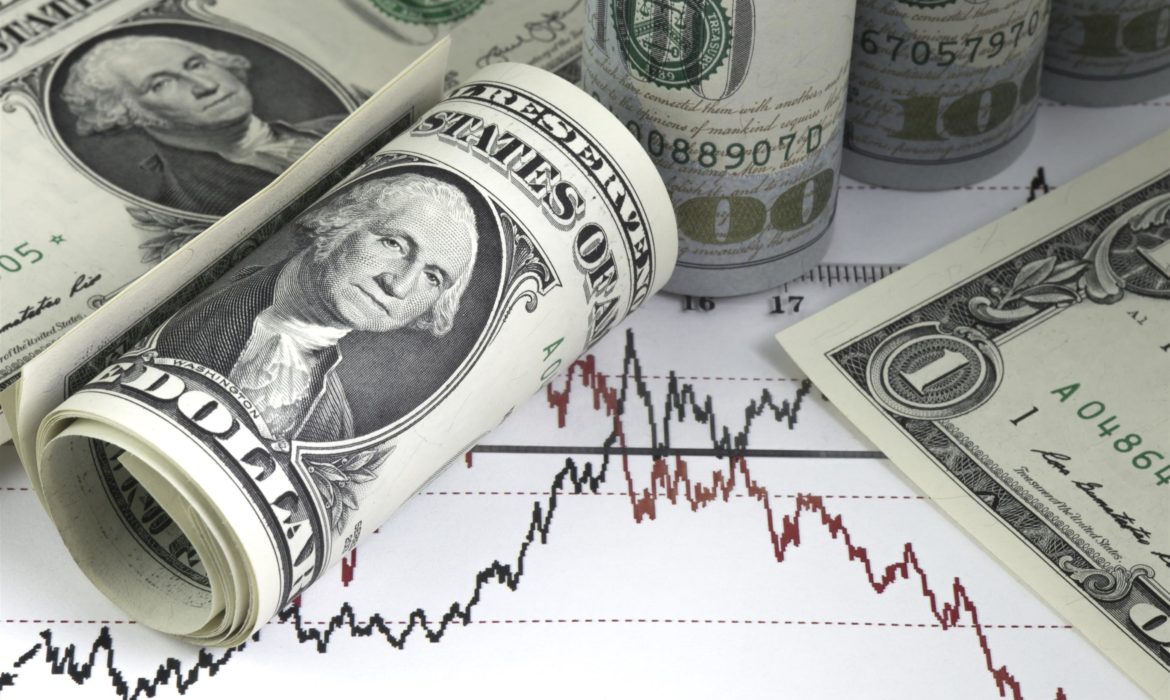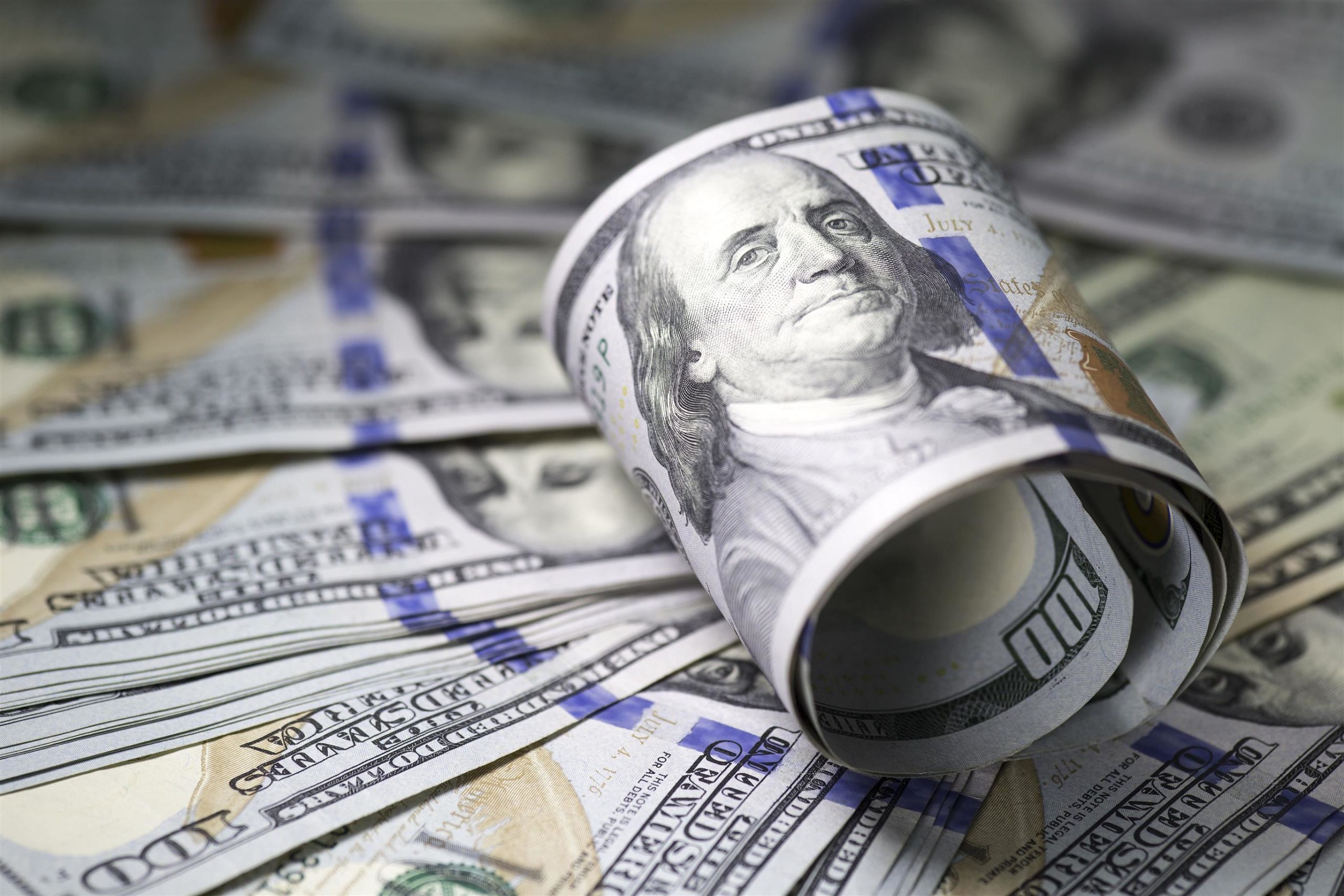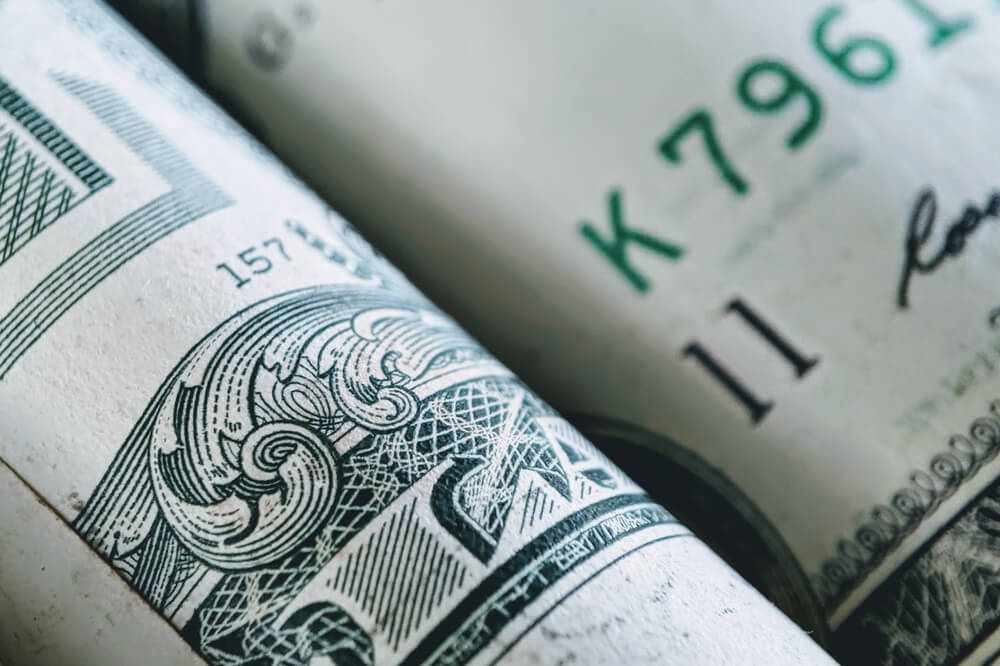Investors reevaluate the likelihood of a U.S. rate rise, driving the dollar to its lowest level against the yen since mid-June.
On Monday, as investors considered the possibility that the Federal Reserve may not hike interest rates as rapidly as some had anticipated, the U.S. dollar fell to its lowest level versus the Japanese yen since mid-June. After statistics revealed that U.S. industrial activity declined less than anticipated in July, the U.S. dollar index became volatile. However, Friday’s U.S. monthly jobs data will be crucial news for markets this week. According to Marc Chandler, chief market analyst at Bannockburn Global Forex in New York, the prospect that the Fed will slow down its rate hikes is the main concern at the start of a new month.
Economic Indicators Signals Disappointment
The end-of-the-week employment report will be the main emphasis. The report is expected to indicate that the labor market’s improvement is decreasing. It’s a low number, but only considering recent events. Because investors anticipate a swift rate rise from the Fed, so far, the dollar index has gained around 10% this year. After a major relocation, Chandler mentioned he believes we’re consolidating at this point.
Last week, the Federal Reserve increased the overnight interest rate by 0.75%. The decision followed smaller adjustments in May and March and a 75-basis point increase last month, all part of the U.S. central bank’s efforts to contain inflation. Also, last week, after statistics revealed that the U.S. economy contracted for a second consecutive quarter, the dollar tanked against the yen, and two-year rates in the U.S. Treasury market plummeted.
The dollar fell against the yen on Monday to its lowest level since mid-June. It had previously reached a top of over 140 yen in late 1998 last month. At 131.65, the dollar was recently down 1.2 percent. The dollar index most recently decreased by 0.6%. The dollar’s general weakness benefited the euro, which was up 0.3 percent at $1.0260.















